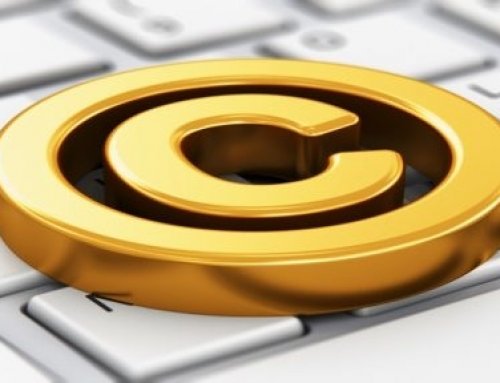Walt Disney and Disney group have created some of the most memorable fictional characters in the contemporary culture. Twenty first century characters such as Nemo the clownish are as beloved as classic character such as Mickey Mouse and Donald Duck. People who seek to use these character should make sure they make legal use of it and keep safe Disney’s Intellectual Property Rights.

Intellectual Property Right Protection
Disney protects its character with copyright and trademark registration. A trademark protects a brand name, while a copyright protects an original work such as movie or book. The owner of the copyright and trademark registration of a fictional character can prevent others from using the character without permission.
Permission
One way to legally use Disney Character is by getting permission to use them from Disney enterprise. A variety of Disney corporate entities use intellectual property rights to their Disney character. Moreover, the official Disney website may help you with who owns the rights to the character you wish to use and how to seek permission to legally use the character. You may receive permission in the form of a letter or an email message. Disney may require an individual or organization that wants to make extended commercial use of Disney character to enter into a licensing agreement where the user pays Disney for a right to use the character. Disney will also refuse you permission to the character.
Fair use
Another way you may be able to legally use Disney character is to make what calls “fair use” of characters. According to the United States Patent and Trademark Office, fair use refers to limited circumstances when it may be permissible to make reference or to reproduce a sample of a protected character without getting a permission from Disney. Another example of fair use involves Disney’s 1989 copyright infringement lawsuit related to the use of the character Snow White in an Oscar Awards telecast. Under the fair use doctrine, a law professor could also use a video clip from the Disney movie “Snow White and the Seven Dwarfs” and a video clip from the Oscars telecast to teach law students about intellectual property rights.

Trans-formative Use
Another way to use Disney character is to use them in what the law refers to as”transformative use”. Transformative use may change or transform the character enough so that it is no longer a mere copy of an original. The resulting transformation is called “derivative work”. For example, if a painter created an original oil painting of his family and included the Disney character Tinkerbell as a family member, his use of Tinkerbell would be fair use because of its commentary that the artist considers Tinkerbell a member of his family. The use of Tinkerbell in the painting could be could be characterized as a transformative use, and the painting could be called a derivative work.





